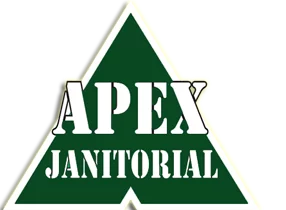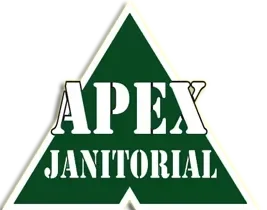Employee safety should be one of the top priorities for companies worldwide. Workers who can go about their day in a safe environment ultimately produce better work. This is true now more than ever in the middle of the COVID-19 pandemic. Anxiety and depression are starting to have a real impact on people. Not knowing if they are safe at work only adds to that fear. A large, factory-based workplace with numerous employees can make cleanliness tougher to achieve. Still, it can be done.
Understanding the Importance of Cleaning for Worker Safety
Factory workers face numerous occupational hazards, including exposure to harmful chemicals and the risk of slips and falls. Industrial cleaning services play a crucial role in maintaining cleanliness and promoting safety, which helps reduce these risks significantly.
One essential service provided by industrial cleaning experts is electrostatic spraying, which thoroughly disinfects surfaces. This method helps eliminate viruses, bacteria, and other germs, ensuring a healthier work environment for employees.
Additionally, these services include deep cleaning of floors and other surfaces to remove grime and prevent slippery conditions. This attention to detail helps mitigate potential hazards and contributes to a safer workplace.
By outsourcing industrial cleaning services, factory owners can avoid the need for an in-house cleaning crew. This not only provides peace of mind but also helps lower employee absenteeism and boost morale, leading to increased productivity.

8 Cost-Effective Cleaning Solutions for Industrial Facilities
Maintaining a clean factory and industrial facilities can be challenging and costly. Many factory owners and managers struggle with the high expenses of professional cleaning services.
Following these tips from industrial cleaning company professionals can improve your working environment and minimize your factory cleaning service costs.
- Business type: Office buildings, which don’t require specialized services, are generally less expensive to clean than those that do, such as industrial buildings, medical facilities, or restaurants.
- Frequency of cleanings: A regular cleaning service of approximately 3-5 times a week can lower the overall cost of your cleaning. Regular cleanings don’t give dirt, dust, and trash time to build up; less dirt means less work.
- Business layout and size: It makes sense that larger spaces will take longer to clean, increasing the cost of your bill. However, offices with dense working spaces, like floors with cubicles, take less time compared to a wide-open floor plan.
- Number of bathrooms and kitchens: Cleaning bathrooms and kitchens, including kitchenettes, requires more time and effort than cleaning waiting rooms, hallways, and other spaces.
- Traffic and Employees: Higher workforce and public traffic necessitate more frequent cleaning.
- Deep vs. light cleaning: Deep cleaning entails more time and costs than standard cleaning, and certain facilities, like medical premises, require regular deep cleaning.
- Length of contract: Long-term contracts and fixed visit schedules often result in lower cleaning service costs.
However, there are effective strategies for keeping your industrial facilities spotless without breaking the bank.
Worker Hygiene
Right now, there are dozens of commercials pleading with people to wash their hands and social distance. In turn, that should help stop the spread of the coronavirus. That same concept can be applied to a workforce. Sending out reminders to wash hands throughout a shift and keep up on personal cleanliness goes a long way. Signage around bathroom areas also helps with this.
Throughout the pandemic, personal responsibility has been a key term. Companies are responsible for doing their part to keep an area clean. However, individual workers are responsible for keeping themselves clean as well.
Have the Proper Cleaning Supplies
Proper cleanliness cannot be accomplished without the right set of supplies. Particularly in large factories with a variety of surfaces, a “one cleaner fits all” approach doesn’t work. As any homeowner would know, there are certain products for certain areas, like bathroom cleaners. Be sure to use the right surface-type cleaners on the appropriate areas as well. Stainless steel cleaners, for example, might work in a glass area.
However, the effectiveness of the cleaner would not be the same. Plus, it can end up harming the glass over time. Having an array of mops, brooms, and other individual cleaning items around the facility is also advised. This way when something needs cleaning, the right party has quick and easy access to the right supplies to tidy things up.
Have a Cleaning Plan or List in Place
One of the biggest problems arises when no one knows who is responsible for cleaning something. There are obvious instances where it’s clear who is responsible, such as when someone spills a beverage. But what about things that need to be cleaned weekly?
Oftentimes, this leads to workers deflecting cleaning tasks onto others, and it never gets done. Instead of looking at blank stares when asking who is responsible for something, make an assignment list. Distribute the tasks evenly amongst the employees to ensure everyone is doing their part. This holds people accountable for certain tasks and doesn’t overload one individual with too much work.






